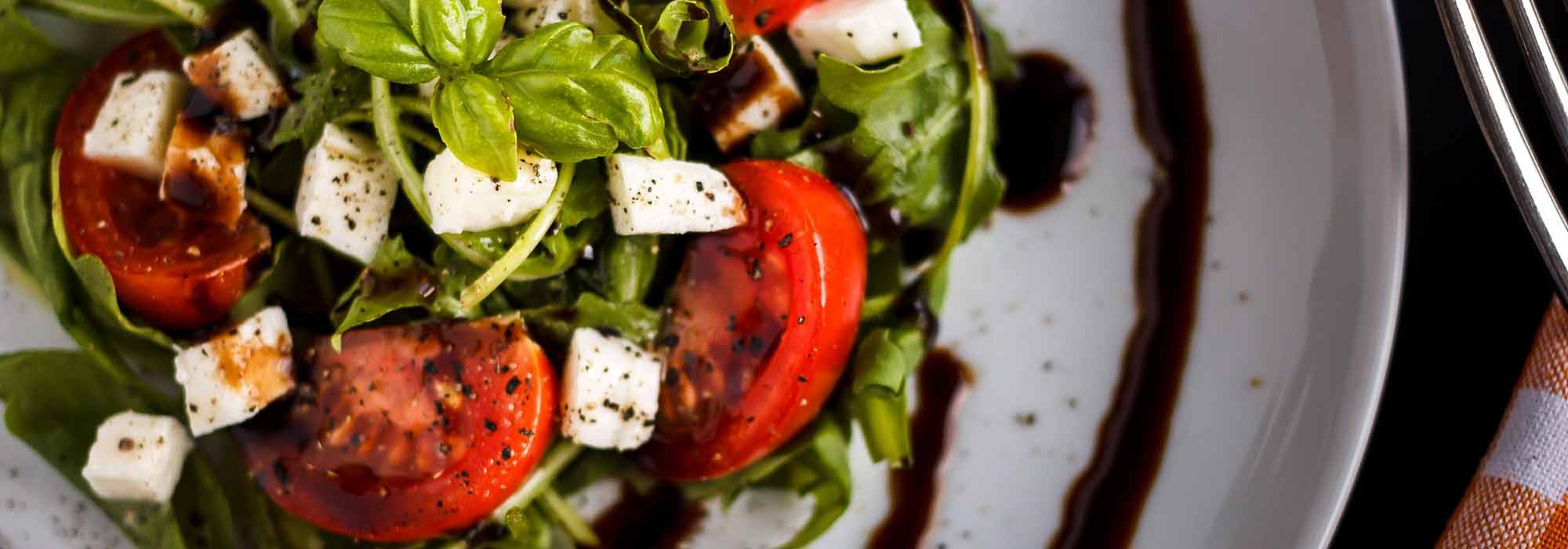
The 7 best tomatoes for salads
7 varieties of tomatoes perfect for your summer salads
Contents
There are thousands of tomato varieties as flavoursome as they are colourful. A diversity that doesn’t make the gardener’s choice any easier — quite the opposite. Thus, just as not all tomatoes are meant to be stuffed, not all are suitable for salads.
In this second case, it is preferable to choose varieties with enough flavour to be enjoyed raw. Varieties with character that need nothing more than a filament of olive oil and a little salt to enhance a tomato salad!
Pineapple tomato, Green Zebra, Rose de Berne and Cornue des Andes… find our selection of the best tomatoes for salads.
Tomato 'Cuor Di Bue', authentic oxheart tomato
Authentic beefheart tomato is an old, semi-early and productive variety, originating from South America. It produces large smooth red heart-shaped fruits (cordiform) that weigh on average 200 to 300 g, sometimes even 500 to 700 g each. Flesh of the tomato ‘Cuor Di Bue’ is very dense and contains very few seeds. Sweet and sugary, it is exceptionally flavoursome. Rich in vitamin C, mineral salts and trace elements, authentic beefheart tomato is an undisputed ally in summer salads.
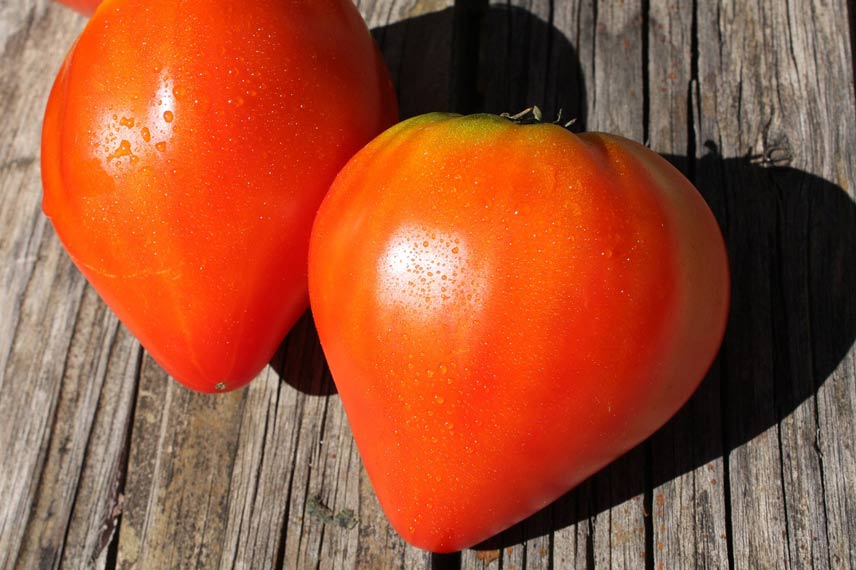
Growing tomato ‘Cuor Di Bue’
With indeterminate growth, tomato ‘Cuor Di Bue’ reaches 1.50 m in height at ripeness, with 50 cm spreading. It needs staking or training. Non-hardy annual plant, this old variety prefers a sunny position and moist, light soil rich in organic matter. Sow in nursery at a temperature of 20°C between February and March. It is then pricked out into a bucket at the 3-leaf stage, then planted out once soil is well warmed. Harvest occurs about 4 months after sowing.
Ananas tomato, as beautiful as it is delicious in salads
Tomato Ananas is a magnificent late, very productive variety and disease-resistant. It produces large fruits that weigh on average between 250 and 400 g each, sometimes reaching 1 kg. Yellow‑orange in colour and irregular in shape, this variety of tomato offers dense, firm and juicy flesh, sweet, very fragrant and almost seedless. Its incomparable flavour makes it an excellent salad tomato. It owes its name to its appearance when sliced, which is reminiscent of a slice of pineapple. As a bonus, the sweet flavour of Tomato Ananas is generally very popular with children.
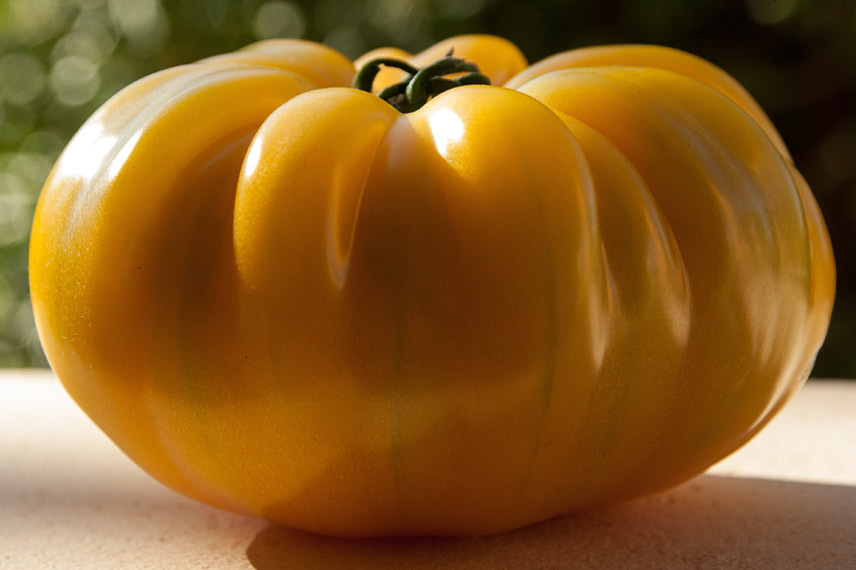
To grow Tomato Ananas
Tomato Ananas measures 1.5 m high at ripeness, with 50 cm spreading. It must therefore be staked from planting. Sow on heated bed at 20°C between the months of February and April, or in buckets kept indoors. It is transplanted into place when frosts are no longer a risk, and when young plants reach 12 to 15 cm high. Sunny exposure and rich, loose, healthy soil are then favourable to it.
Discover other Tomato seeds
View all →Available in 1 sizes
Available in 1 sizes
Available in 1 sizes
Available in 1 sizes
Available in 1 sizes
Available in 1 sizes
Available in 1 sizes
Available in 1 sizes
Available in 1 sizes
Available in 1 sizes
Tomato Rose de Berne, an old variety with pink, fragrant flesh.
Rose de Berne tomato is an old mid-season variety with low yield, originating from Switzerland. Produces round fruits of medium size weighing about 150 to 250 g. With an epidermis very thin, fruits of Rose de Berne present a remarkable pink flesh, dense, juicy, sweet and very fragrant. Very popular with enthusiasts, flavour qualities of this variety are excellent, provided it is harvested at perfect ripeness. It is therefore one of the best tomatoes to eat in salads.
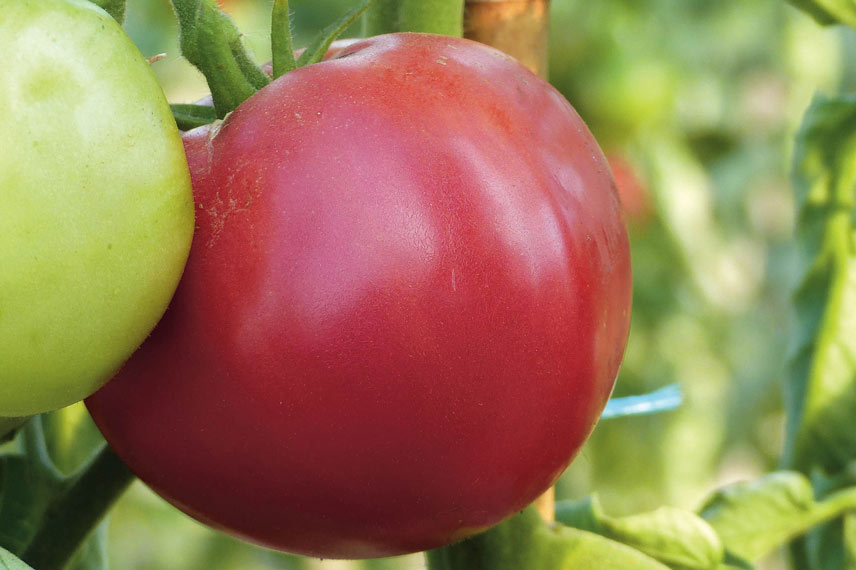
To grow Rose de Berne tomato
With indeterminate growth, Rose de Berne can reach up to 2 m in height in good growing conditions. Sown between months of February and May, for a harvest spread from July to October. It must imperatively be staked or trained as soon as young plants are transplanted into open ground. Rose de Berne tomato tolerates cool, damp climates well, which makes it easy to grow in regions with short summers. Disease-resistant, it is notably not very susceptible to blight, which is rare for a tomato and worth highlighting.
Lemon Boy tomato, a sweet tomato with a magnificent bright yellow colour
Lemon Boy tomato is a vigorous and semi-late variety, productive and disease-resistant. It produces fleshy and smooth fruits, weighing on average 160 g each and offering a vivid yellow colour. They are enjoyed as beautiful summer salads, not only for their sweet, non-acidic flavour but also for their magnificent colour that brightens plates.

Lemon Boy tomato – Mark Levisay – Flickr
Growing the Lemon Boy tomato
With rapid growth, Lemon Boy tomato can reach 1.80 m to 2 m in height at ripeness, and must be staked from the start of its growth. This plant requires warmth and light; Lemon Boy is grown as an annual in a warm, sunny position, and in a humus-bearing, light, deep and well-drained soil. Sow from February to April under heated cover at 20°C. Young plants are transplanted into open ground between April and June, after last frosts, for a harvest between July and October.
Cornue des Andes tomato, one of the best varieties.
Cornue des Andes tomato is an old, early and productive variety. It owes its name to its elongated fruits, which are shaped like horns or chillies. Smooth, bright red fruits weighing on average between 80 and 150 g. Flesh of Cornue des Andes tomato is firm and non-acidic. Not very juicy and seedless, its excellent flavour makes it ideal for salads. It ranks among the best tomato varieties for both flavour and productivity.
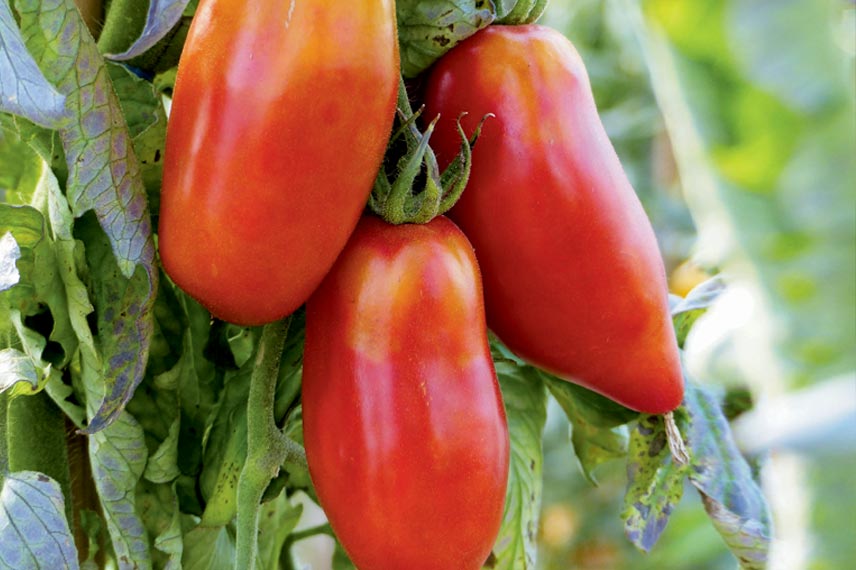
Growing Cornue des Andes tomato
With indeterminate growth, Cornue des Andes tomato reaches on average 1.5 m in height with 50 cm spreading at maturity.
Heat-demanding, it is grown as an annual in a sunny position, and in rich, light, well-drained and fresh soil.
Cornue des Andes is sown between February and April on a warm seedbed at 20°C, or in buckets indoors. Young plants are transplanted into open ground between April and June, once risk of frost has passed, for harvest from July to September.
Noire de Crimée tomato, a renowned and essential variety
Black Krim tomato is an heirloom variety highly regarded that produces large fruits weighing on average 250 to 500 g. Fruits ribbed, slightly flattened on top, and with dark purple epidermis and flesh. Flesh of Black Krim is both dense, mild and sweet, and contains few seeds. This tomato is an essential variety for the vegetable patch. It makes delicious salads, its lack of acidity much appreciated by children.
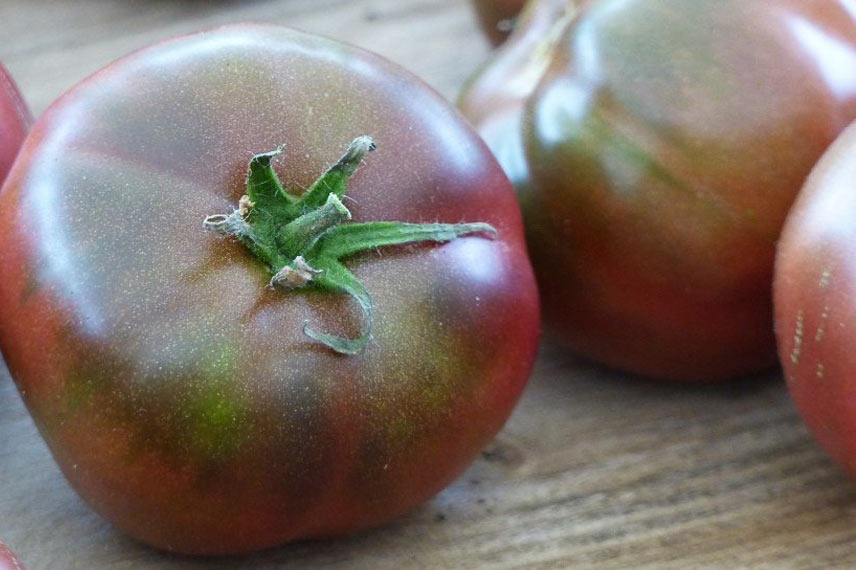
Growing Black Krim tomato
With indeterminate growth, Black Krim reaches between 1.5 m and 2 m in height at ripeness, and therefore requires staking from planting. It prefers hot, sunny summers and moist, clay‑loam soils (rich yet light). Sow Black Krim between March and April under heated cover at 20°C, and plant as plug plants between the months of May and June, after last frosts, for harvest from July to October.
Green Zebra tomato, appreciated for its tangy flavour in salads
The Green Zebra tomato is a productive variety, the only one to produce fruits with an anise-green epidermis veined with orange-yellow. Its flesh also retains its emerald-green hue at ripeness. Fruits firm with a sweet, tangy and melting flavour, perfect for colourful salads combining the sweet-and-savoury. Considered old, it nevertheless belongs to the 1900 tomatoes, created in 1985 precisely.
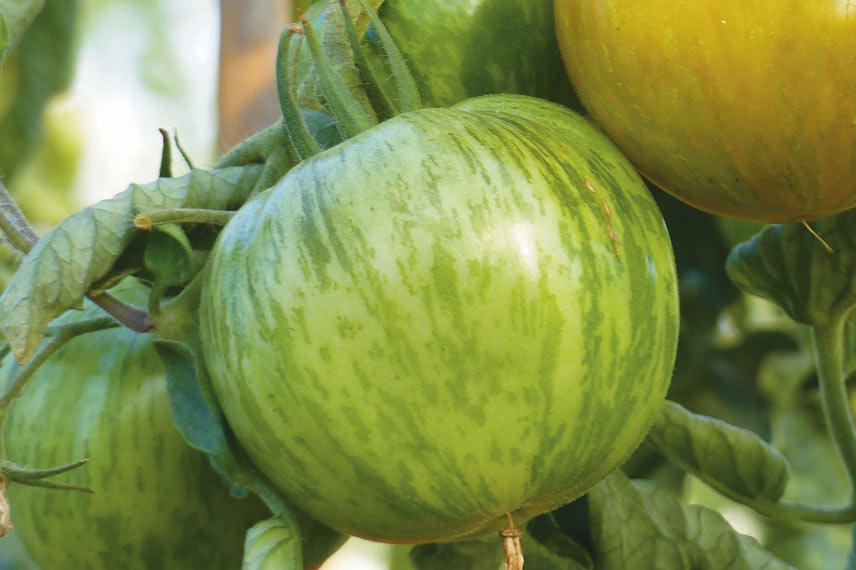
To grow Green Zebra tomato
With rapid growth, Green Zebra tomato can reach between 1.80 and 2 m in height at ripeness, and must absolutely be staked as soon as it is planted out in open ground. Sow it under cover at 20°C between the months of February and April, before transplanting the young plants from mid-May, once risk of frost has passed. Harvest occurs throughout summer, between the months of July and October.
- Subscribe!
- Contents
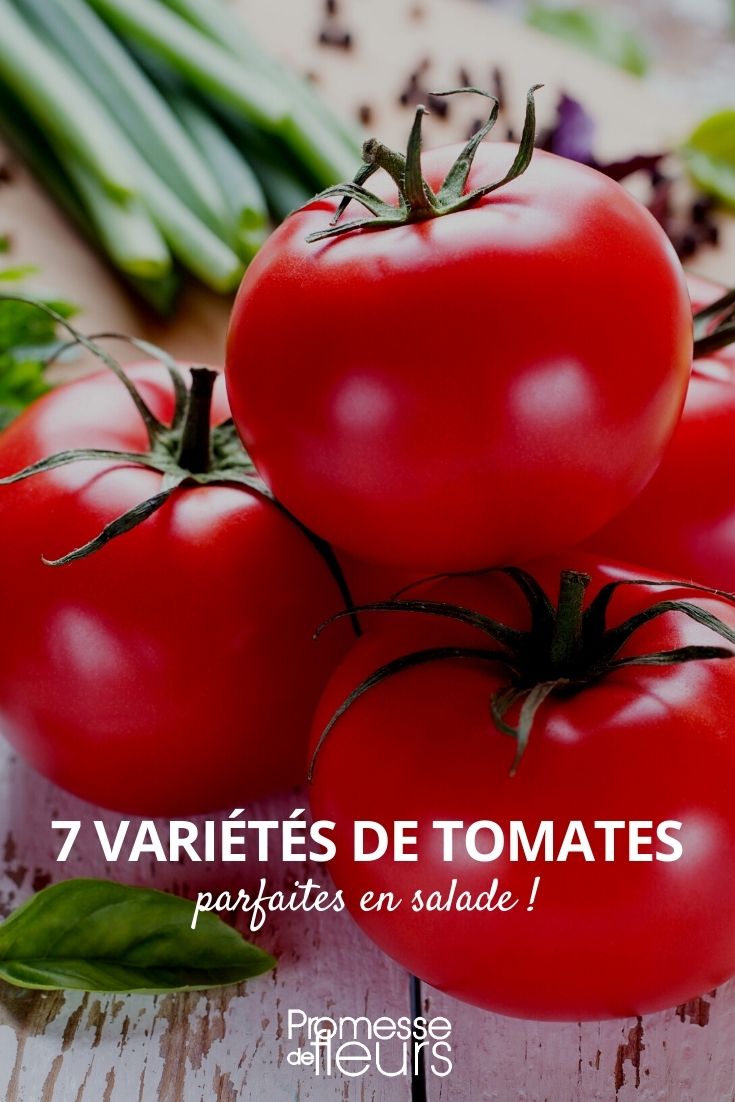































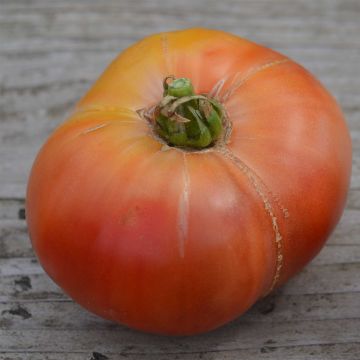
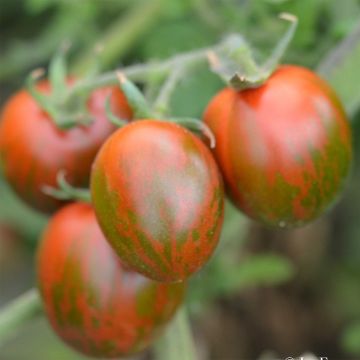
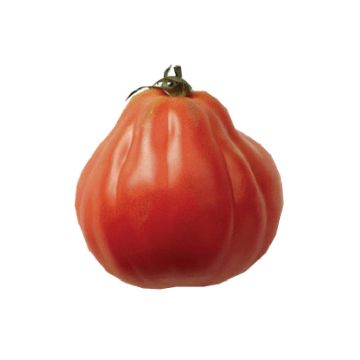
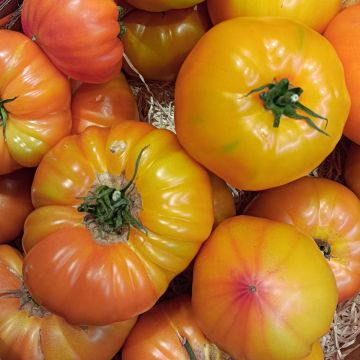
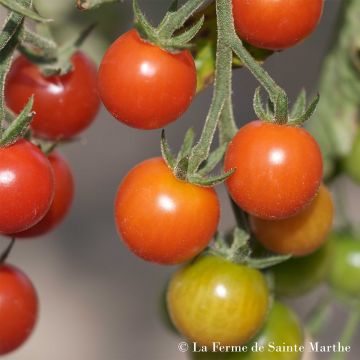
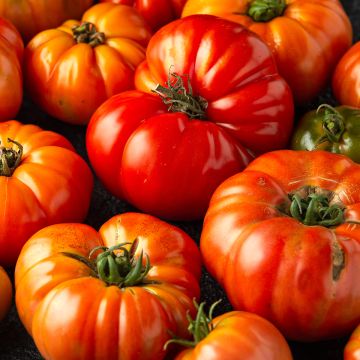

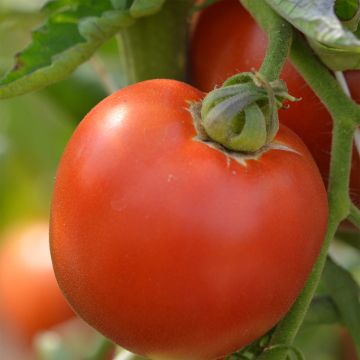
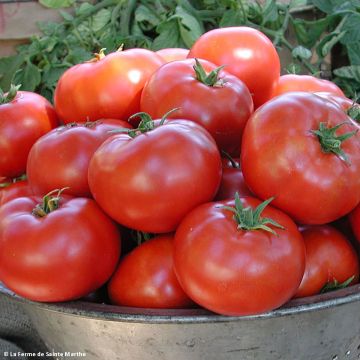
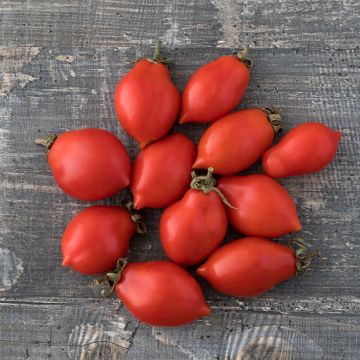
Comments